The Solomon Islands, a scattered archipelago in the South Pacific, have long been home to a unique form of naval warfare that predates modern military strategies by centuries. The war canoe, or tomoko, was not merely a vessel for transportation but a symbol of power, tradition, and the intricate social structures of the islanders. These battles, fought on the open ocean, were as much about honor and resource control as they were about survival. The legacy of these maritime conflicts offers a window into the ancient wisdom of ocean-going civilizations, where the sea was both a battlefield and a lifeline.
Unlike the large-scale wars of continental empires, the canoe battles of the Solomon Islands were intimate, brutal, and deeply ritualized. Warriors, often adorned with elaborate body paint and feather headdresses, would paddle silently through the night, closing in on enemy villages under the cover of darkness. The canoes themselves were masterpieces of craftsmanship—hollowed-out tree trunks reinforced with outriggers for stability, capable of carrying dozens of fighters. Each vessel was a floating fortress, its design refined over generations to navigate both the physical and spiritual challenges of the open water.
The tactics employed in these conflicts were a blend of practical skill and supernatural belief. Navigators relied on the stars, currents, and bird migrations to guide them, while shamans performed rituals to summon protective spirits or curse their foes. A single battle could determine the fate of an entire community, with victory bringing territorial control, slaves, and prestige, while defeat often meant annihilation or forced migration. The psychological warfare was as critical as the physical—war chants, conch shell horns, and the sheer spectacle of a fleet approaching at dawn were used to intimidate opponents before the first spear was thrown.
What makes these conflicts particularly fascinating is their ecological intelligence. The islanders understood the ocean’s rhythms intimately, timing their raids around tides and seasonal weather patterns. They also practiced a form of sustainable warfare; battles were often short and decisive, minimizing prolonged destruction to the marine environment they depended on for survival. This respect for the balance between conflict and conservation stands in stark contrast to the scorched-earth tactics of many land-based civilizations.
Today, the tradition of the war canoe survives in ceremonial forms, a testament to the resilience of Solomon Islands culture. Modern reconstructions of these vessels, built using traditional methods, are a source of pride and a way to connect younger generations with their ancestral heritage. Scholars and historians increasingly recognize these maritime battles as a sophisticated system of conflict resolution, one that integrated navigation, craftsmanship, spirituality, and environmental stewardship in ways that modern militaries are only beginning to appreciate.
The lessons of the Solomon Islands’ canoe wars extend far beyond the Pacific. In an era where climate change and rising sea levels threaten coastal communities worldwide, the ancient wisdom of ocean-centric cultures offers valuable insights. Their ability to live—and fight—in harmony with the sea underscores a deeper truth: that human survival has always been tied to our understanding of the natural world. The war canoes may no longer ply the waves in anger, but the legacy of those who sailed them remains as relevant as ever.
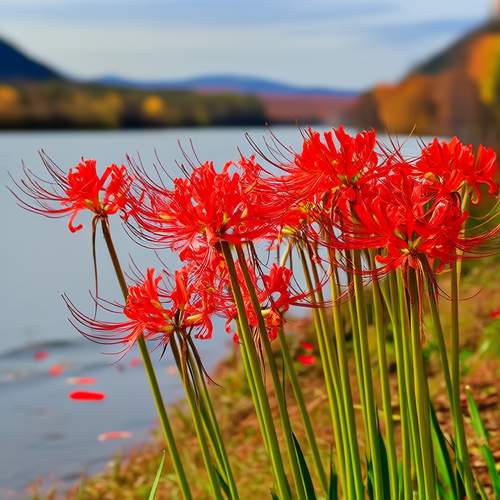
By /May 21, 2025

By /May 21, 2025

By /May 21, 2025

By Benjamin Evans/May 20, 2025
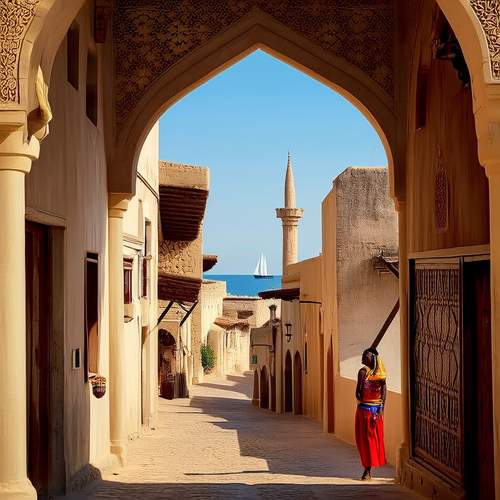
By /May 11, 2025
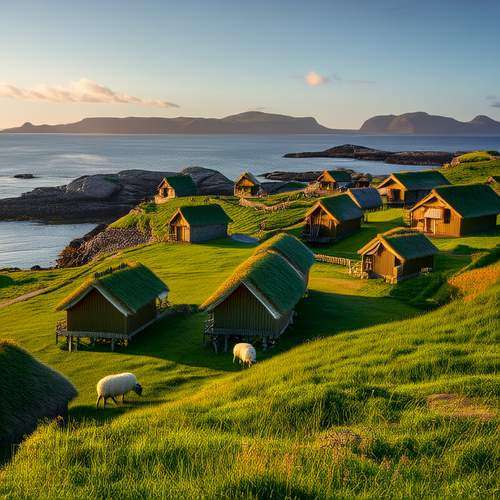
By /May 11, 2025
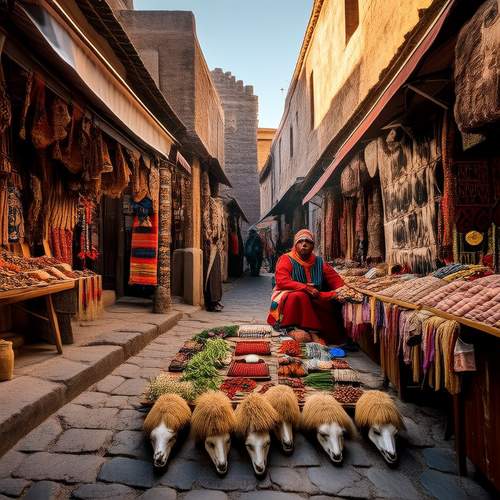
By /May 11, 2025
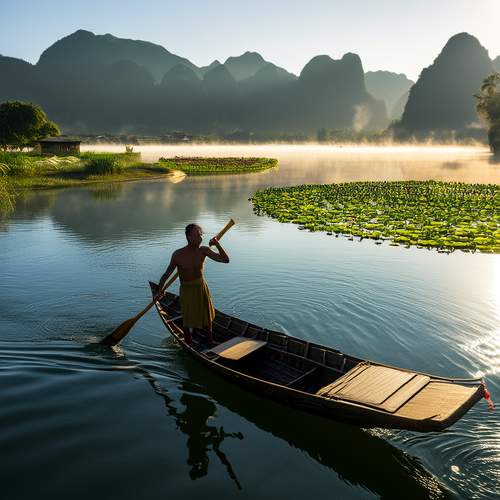
By /May 11, 2025
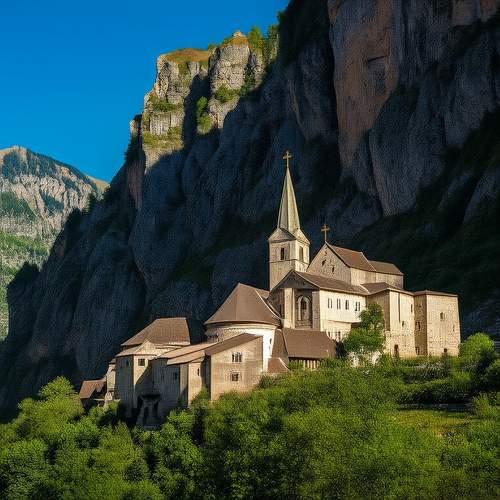
By /May 11, 2025
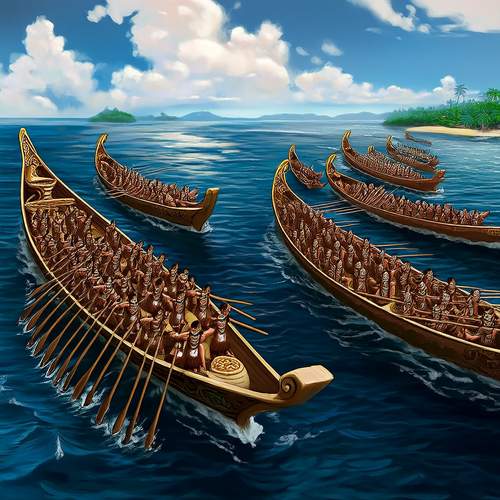
By /May 11, 2025
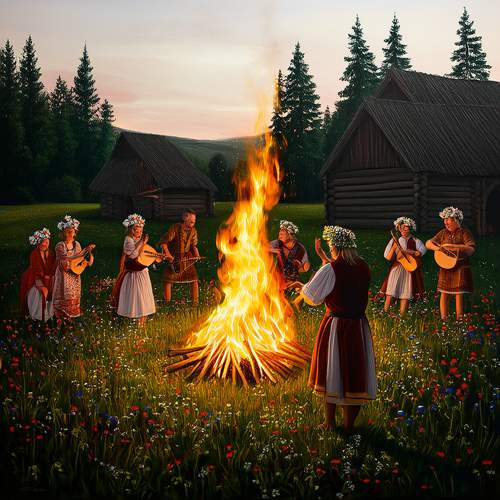
By /May 11, 2025

By /May 11, 2025

By /May 11, 2025
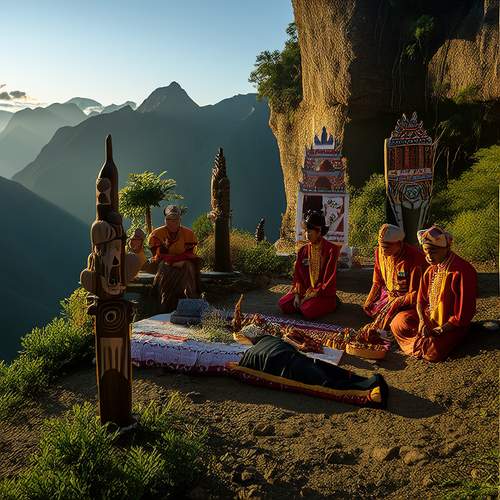
By /May 11, 2025

By /May 11, 2025
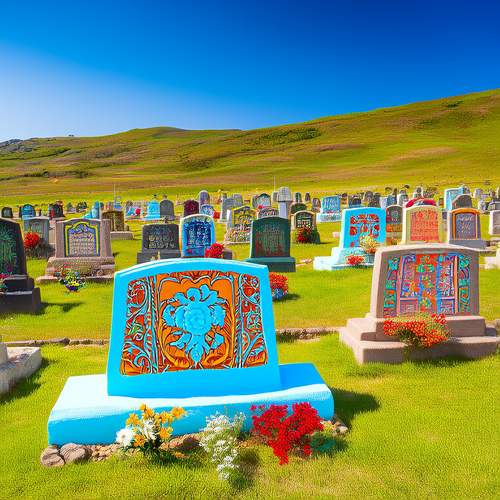
By /May 11, 2025

By /May 11, 2025

By /May 11, 2025
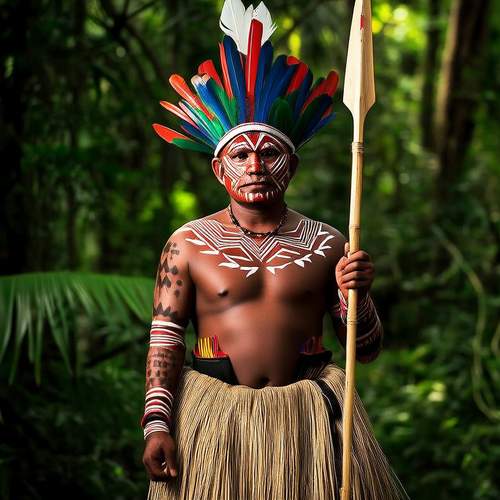
By /May 11, 2025
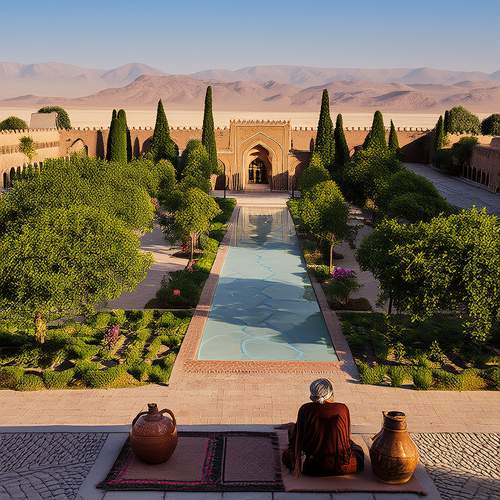
By /May 11, 2025